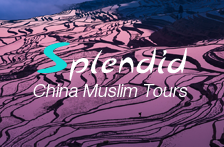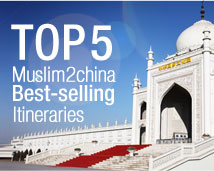In Qiandongnan (southwest of Guizhou), Dong saved not only lifestyle but also cultural, clothing and construction for thousands of years. The Dong women in Tongguan Village, Yandong Town, Liping County, Guizhou Province still maintained the tradition of handmade Dong cloth and costumes. Dong clothing is different from ordinary cotton clothes, because after a long time of pounding, its surface is shiny, but also moisture-proof and waterproof, what’s more it cannot get wet by rain.

There are 287 households, 1221 people, of which 92% are Dong. Cotton is an important local crop.

The production of Dong clothing starts from the picking cotton. This Dong woman was picking out the cottonseed from the cotton. This 39-year-old Wu Yingmei maintained the habit of growing cotton, which is the same with other women in the village.

Yarns are spun from cotton, and embattled with the juice of plants, which can make the yarns straight.

Wu Yingmei was weaving on the loom. In Tongguan Village, people still use these old textile tools.

The latitude and longitude of the cloth on the weaving machine is very clear.

Stick was worn shiny, sparkling years of traces.

In order to distinguish with the cotton cloth bought from the market, they call the cloth woven by themselves native cloth.

Well woven cloth on the loom. The traditional weaving machine can be able to only weave about two feet cloth a week.

Now there are rare young people can used such old-fashioned loom, and this looms had been used by Wu Yingmei’s mother at young age.

Put the well woven cloth into such tank to dye.

Wu Yingmei was showing how to dye the cloth.

After drying the dyeing cloth, spread it on the slate, smear with egg whites and repeatedly pounding with a mallet. This pounding process continues for one or two months, until the cloth was hammered shining.

Different people have different ways to hammer, so the brightness of Dong cloth is also differences from each other.

Wu Yingmei and her Dong cloth, the more rutilant, the more valueable

After finish cutting, the Dong cloth still needs to be embroidered at collar, sleeves mouth and other places.

Apron embroidered by Wu Yingmei.

Dong traditional embroidery patterns

Embroidery patterns on the part of the chest and collar are the largest and most complex, the key to show producers’ craft.

A not yet finished embroidery

The silverware at back of Wu Yingmei
When in festivals, Dong people will wear shiny clothing and fine jewelry, in the melodious Dong Big Song, relives the elegance of their native customs.








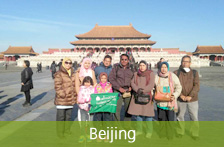
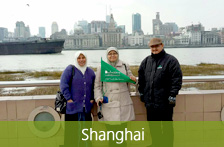
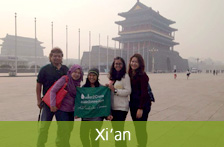
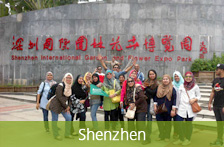

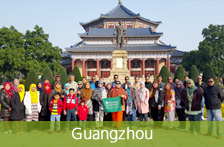
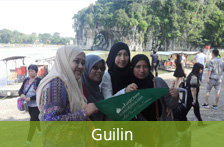
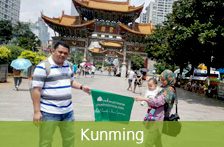
.jpg)





